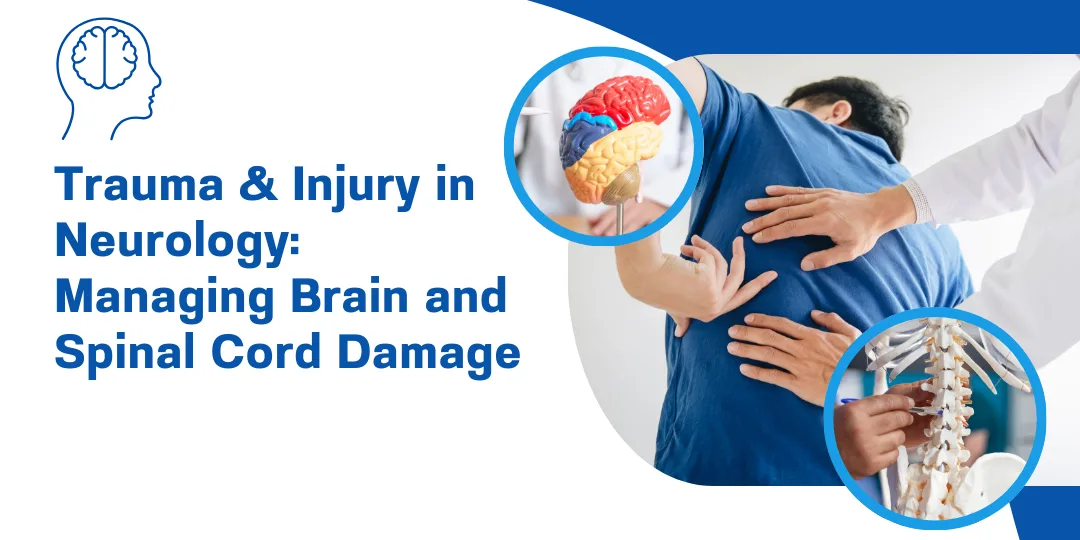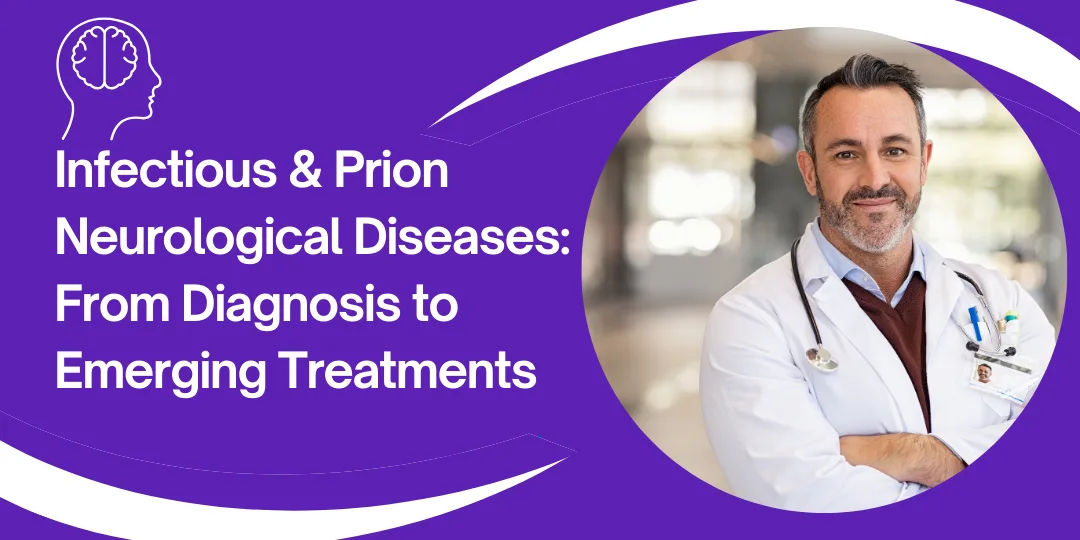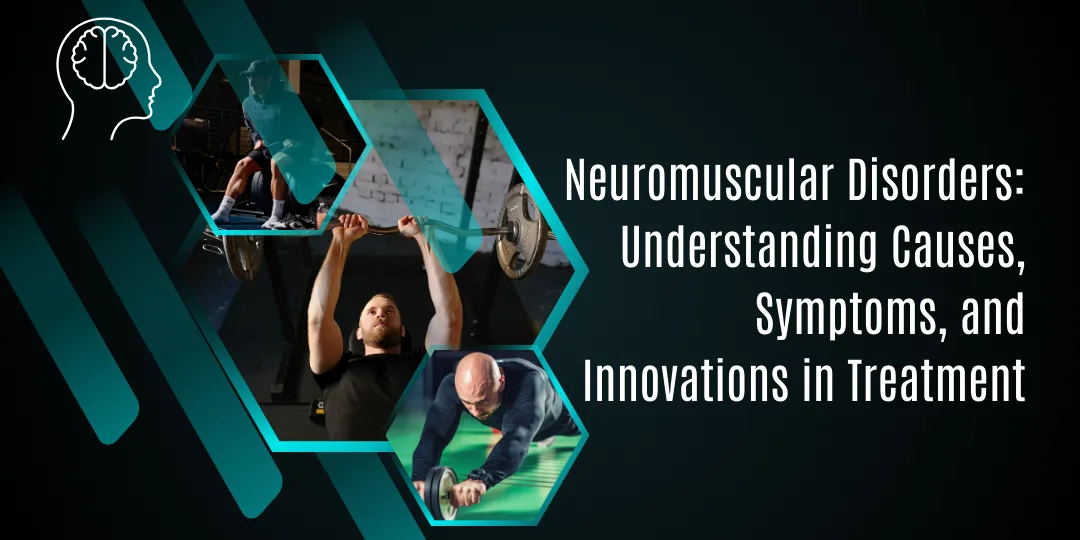Vascular surgery is a specialized field focused on treating diseases of the blood vessels, including arteries, veins, and lymphatic vessels. These conditions can lead to serious complications like stroke, limb loss, or organ damage if left untreated. Vascular surgeons use a combination of open surgical techniques and minimally invasive procedures to restore blood flow and improve patient outcomes. In this blog post, we’ll explore common vascular conditions, diagnostic methods, and the surgical interventions used to treat them.
1. Carotid Endarterectomy for Carotid Artery Stenosis
Carotid artery stenosis occurs when the carotid arteries, which supply blood to the brain, become narrowed due to plaque buildup. This condition increases the risk of stroke. Carotid endarterectomy is a surgical procedure to remove the plaque and restore blood flow. Key steps include:
- Incision: A cut is made in the neck to access the carotid artery.
- Plaque Removal: The artery is opened, and the plaque is carefully removed.
- Closure: The artery is repaired, and blood flow is restored.
This procedure is highly effective in reducing stroke risk for patients with significant stenosis.
2. Abdominal Aortic Aneurysm Repair
An abdominal aortic aneurysm (AAA) is a dangerous bulge in the aorta, the body’s largest artery. If left untreated, it can rupture, leading to life-threatening bleeding. Repair options include:
- Open Surgical Repair: The aneurysm is replaced with a synthetic graft through an abdominal incision.
- Endovascular Aneurysm Repair (EVAR): A minimally invasive procedure where a stent graft is inserted through small incisions in the groin and guided to the aneurysm site.
EVAR is preferred for older or high-risk patients due to its shorter recovery time.
3. Peripheral Vascular Surgery for Limb Ischemia
Peripheral artery disease (PAD) can cause severe limb ischemia, leading to pain, non-healing wounds, and even amputation. Surgical options include:
- Bypass Surgery: A healthy blood vessel is used to create a detour around the blocked artery, restoring blood flow to the limb.
- Endovascular Interventions: Minimally invasive procedures like angioplasty and stenting to open narrowed or blocked arteries.
These procedures can save limbs and improve quality of life for patients with advanced PAD.
4. Renal Artery Interventions for Renovascular Hypertension
Renal artery stenosis, a narrowing of the arteries that supply blood to the kidneys, can cause high blood pressure and kidney damage. Treatment options include:
- Renal Artery Angioplasty and Stenting: A catheter is used to widen the narrowed artery and place a stent to keep it open.
- Surgical Bypass: A graft is used to bypass the blocked renal artery and restore blood flow.
These interventions can improve blood pressure control and preserve kidney function.
5. Innovations in Vascular Surgery
Advances in technology and techniques have transformed vascular surgery, offering safer and more effective treatments. Innovations include:
- Robotic-Assisted Surgery: Enhances precision and reduces recovery time.
- Hybrid Procedures: Combines open surgery and endovascular techniques for complex cases.
- Biological Grafts: Uses tissue-engineered materials for better long-term outcomes.
Conclusion
Vascular surgery plays a vital role in treating diseases of the blood vessels and preventing serious complications like stroke, limb loss, and organ damage. From carotid endarterectomy to advanced endovascular techniques, there are numerous ways to restore blood flow and improve patient outcomes. If you or a loved one are experiencing symptoms like leg pain, non-healing wounds, or uncontrolled high blood pressure, consult a vascular surgeon to explore your options. With early diagnosis and tailored treatment, you can protect your health and maintain an active lifestyle.













0 Comments